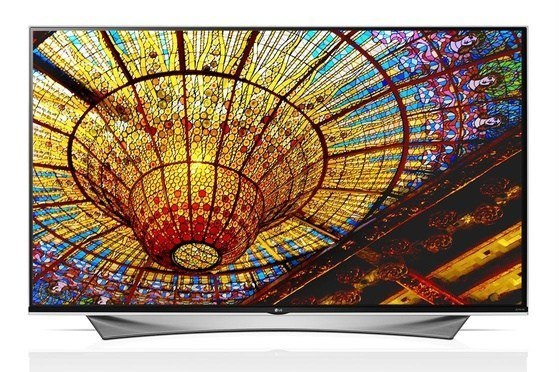 If you’re in the market for a new TV, there’s a new acronym you’re likely seeing. And if you haven’t yet, you will.
If you’re in the market for a new TV, there’s a new acronym you’re likely seeing. And if you haven’t yet, you will.
HDR is a new TV feature that again raises the bar on video quality, colour, contrast and overall viewing experience.
What is HDR?
The Consumer Electronics Association or CEA, (which is the standards and industry organization for the US that’s kind of like the United Nations of electronics and gadgets) says HDR or High Dynamic Range TV “is a new capability that promises to deliver an expansive range of brightness and shadow detail, further enhancing the viewing experience.”
In a press release about HDR the organization explains, “HDR provides a significant step-up in delivering an incredible viewing experience for the consumer,” said Brian Markwalter, senior vice president, research and standards, CEA.”
So in a nutshell, a very small and simplified one, HDR is a format improvement that will make TV look better. But how? And what will that mean to you if you buy a new TV?
HDR is about colour and light
As explained in a recent cnet article, “the two most important factors in how a TV looks are contrast ratio, or how bright and dark the TV can get, and color accuracy, which is basically how closely colors on the screen resemble real life.”
So HDR improves colour and contrast ratio, but you may be thinking, “will I really notice the difference?” That same cnet article goes on to explain that, yes, you will: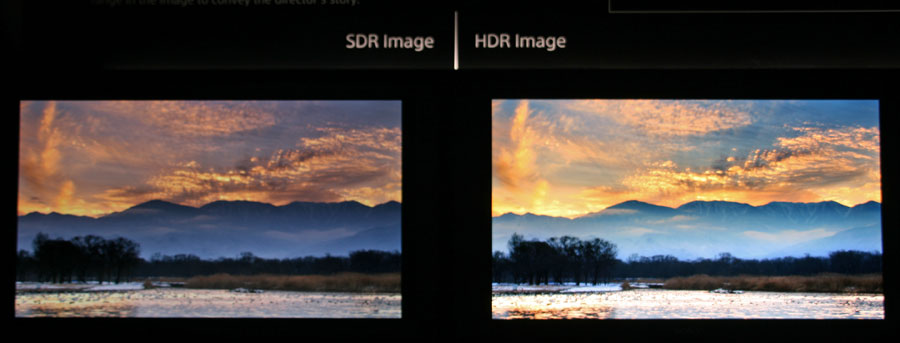
“If you put two TVs side by side, and one has a better contrast ratio and more accurate color, and the other just has higher resolution (more pixels), the one with greater contrast ratio will be picked by pretty much every viewer. It will look more natural, “pop” more, and just seem more “real,” despite having lower resolution. In other words, a 1080p resolution TV with excellent contrast and color beats a 4K resolution TV with average contrast and color every time.”
LG has been working on HDR TVs for some time now. Why is the company getting so deep into this technology? As Dr. Nandhu Nandhakumar, senior vice president of advanced technology at LG, told Fortune in an interview,“You see an incredible amount of detail [with HDR televisions] you would not have seen before, such as detail in shadows, highlights,” Nandhakumar said. “The content will look a lot more realistic than it looked before. Images will look crisper. When you look at the HDR version of content and look at a (standard) dynamic range version, something appears wrong with the previous generation. There’s a lot of punch missing from it, there’s no pop in the image. It’s almost like looking at digital content versus analog content.”
| HDR in a nutshell: -better colour, more colours, more vibrant -improved contrast ratio; deeper blacks, brighter whites, and a starker contrast between the two -more detail -more realistic video picture |
The HDR Camera Connection
You might be thinking, “hey, isn’t HDR the same technology that’s on my camera (or more often now my cellphone camera)?” The answer is kinda, but not really.
In the photo sense, HDR also does stand for High Dynamic Range, but with still images, HDR is built to take a series of photos, using different exposures. Then the HDR technology stitches the best parts of each of those exposures (overexposed, underexposed and evenly exposed) into one essentially perfect exposure where even the darkest and lightest portions of the image look great.
HDR in TVs is meant to do exactly the same thing; make the best possible image for your eye. However the actual how-to here is a bit more complicated, in part because with a camera you’re making an HRD image, and with a TV you’re displaying it. If you’re curious about exactly how this all works, check out this good explainer article.
So how does HDR video look so good?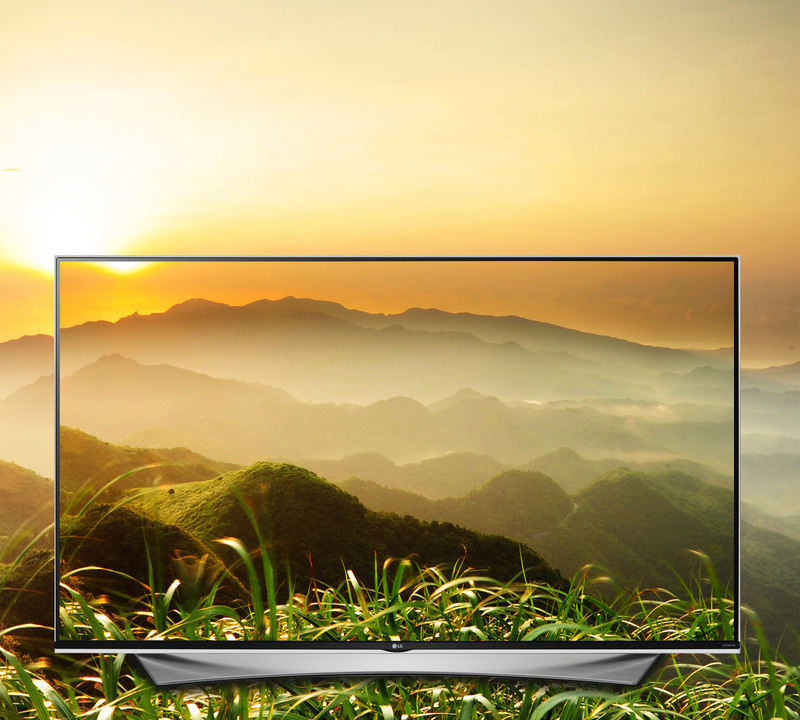
“HDR video is shot with an expanded range – it captures darker shadows and brighter whites during the shooting process,” explains Tech Radar, “it doesn’t really combine the lights and darks, but separates them even further, creating a wider array of possible colors – HDR TVs are the only foreseeable option for doing the image justice on the screen.”
The difference between 4K TV and HDR TV? They’re not competitors, they’re partners
You may be thinking, “great! I’ll get an HDR TV instead of a 4K!” Not quite. As I’ve written about previously, 4K TV is the same as UHD or Ultra HD TV. (The two names for the format are the result of an industry that can’t agree on what the “official” name for it should be.) HDR technology isn’t a different or competing format, it’s PART of the 4K UHD format. Where 4K takes the number of pixels and multiplies them for a much sharper image, HDR works with 4K to refine what goes into those pixels, by amping up the above-noted colour and contrast.
So in essence of you’re shopping for a new TV, you’ll want to try for one that is both 4K and HDR enabled to get the best possible picture you can buy today.
What to watch in HDR?
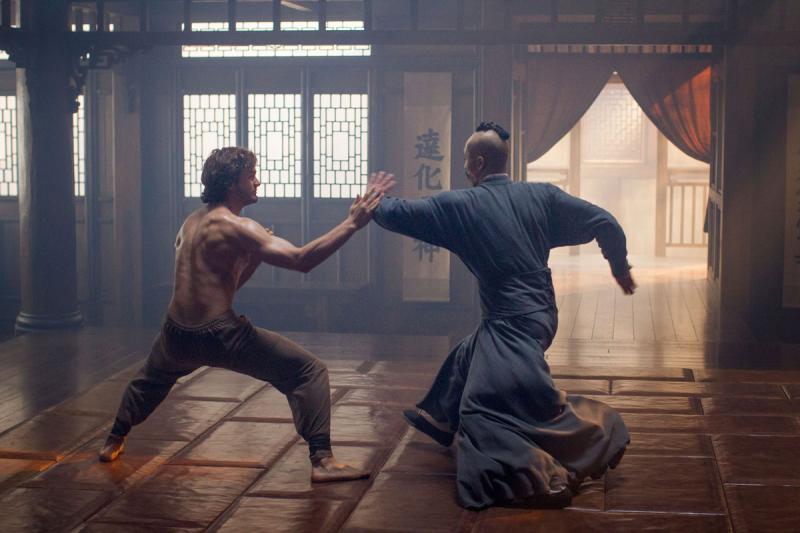 The big complaint about 4K TV thus far has been that there’s very little produced-in-4K content to watch. While producers, like Netflix in particular, are making big strides towards more to watch in 4K, with the addition of HDR, there’s another format change to try to incorporate during shooting. Once again it’s Netflix to the rescue. The network’s series Marco Polo is already being shot in HDR. Other broadcasters will certainly follow Netflix’s lead.
The big complaint about 4K TV thus far has been that there’s very little produced-in-4K content to watch. While producers, like Netflix in particular, are making big strides towards more to watch in 4K, with the addition of HDR, there’s another format change to try to incorporate during shooting. Once again it’s Netflix to the rescue. The network’s series Marco Polo is already being shot in HDR. Other broadcasters will certainly follow Netflix’s lead.
Admittedly, with this kind of technology flip, there’s a bit of chicken-and-egg happening. Producers don’t want to bother paying more to shoot better quality when consumers aren’t yet adopting the TVs to enjoy that format, but at the same time, consumers don’t want to buy the format, because there’s nothing to watch. Either way, the movement towards 4K and HDR on both sides will improve over time, so the lag is probably not a reason not to adopt this improved technology at home.
When can I get an HDR TV?
The answer is now. Sharp, Sony, Samsung, LG and Toshiba are just a few of the manufacturers with 4K and HDR sets. Check out more options here.


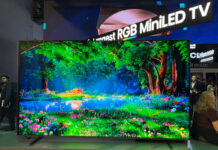

[…] and bright parts of an image. (Read more about HDR and what it means for TV technology here on the blog. And to read more about the many incarnations of HDMI cables and what makes them different, I highly […]
[…] The term HDR stands for High Dynamic Range, and in this context it’s all about colour. While you’ll also hear about HDR as it relates to photography, it’s important to note these terms, while similar, mean slightly different things when it comes to video vs still images. (Read more about how, here) […]
While I may enjoy watching the nightly news with HDR to see detail…. wouldn’t movies and prime time shows be best WITHOUT HDR to preserve black levels and shadows?
Great question XL. I don’t know the answer, though many people think that’s true of HD shows too; that they’d ather see them looking flawless and pretty, and less, ahem, realistic. I guess we’ll see when they start hitting the market.
Comments are closed.